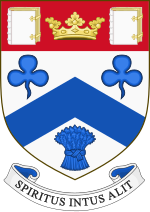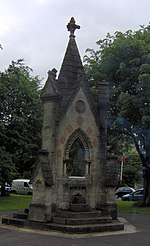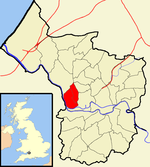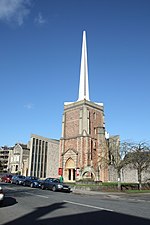Bristol Zoo

Bristol Zoo was a zoo in the city of Bristol in South West England. The zoo's stated mission was to "maintain and defend” biodiversity through breeding endangered species, conserving threatened species and habitats and promoting a wider understanding of the natural world".The mammal collection at the zoo numbered around 300, representing 50 species, including: gorillas, Asiatic lions, goodfellow's tree-kangaroo, and red pandas. Among species on view at Bristol which are rare or absent in other UK zoos were Livingstone's fruit bats, aye ayes and quolls. The zoo's Twilight Zone was the first of its kind when it opened, there were many other indoor exhibits including an insect and reptile house and aquarium meanwhile outside there were several aviaries and a seal and penguin enclosure. The lakes' islands were home to gorillas, golden lion tamarins, golden-headed lion tamarins, gibbons and squirrel monkeys. The Zoo announced on 27 November 2020 that after more than 186 years its main centre in Clifton would close in 2022, with its animals moving to its Wild Place Project site close to the M5 motorway and the zoo reopening there in early 2024. In the event, it closed its gates for the last time on 3 September 2022.
Excerpt from the Wikipedia article Bristol Zoo (License: CC BY-SA 3.0, Authors, Images).Bristol Zoo
Top Terrace, Bristol Clifton
Geographical coordinates (GPS) Address Nearby Places Show on map
Geographical coordinates (GPS)
| Latitude | Longitude |
|---|---|
| N 51.463333333333 ° | E -2.6222222222222 ° |
Address
Top Terrace
BS8 3HH Bristol, Clifton
England, United Kingdom
Open on Google Maps










